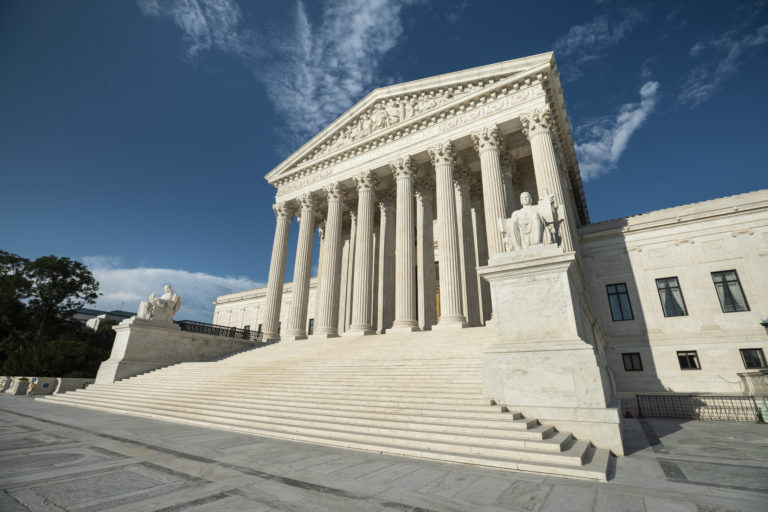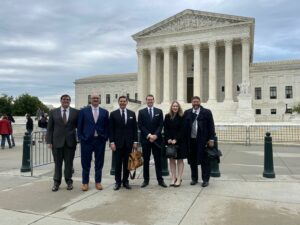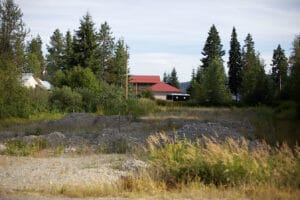What you should know before Sackett v. EPA heads to SCOTUS on Monday

On Monday morning, Pacific Legal Foundation heads back to the Supreme Court to fight for Chantell and Mike Sackett’s right to build a home on their own land. You’ll be able to listen to Sackett v. EPA oral arguments live on Monday at 10 a.m. Eastern Time.
When the couple bought property near Priest Lake, Idaho, nearly two decades ago, they planned on building their dream home. As soon as they acquired all the required local permits, they got to work. But EPA officials intervened and demanded they stop construction.
The agency alleged that, according to the Clean Water Act (CWA), the property was a protected wetland under federal jurisdiction. The Sacketts were sent an administrative compliance order and threatened with fines of tens of thousands of dollars per day if they continued to develop the property.
While the Sacketts disputed this claim, the EPA provided them with no opportunity to contest its claims.
PLF helped the Sacketts sue the EPA, and went to the Supreme Court for the first time in 2012. There, the Justices unanimously ruled that, contrary to the EPA’s view, the Sacketts had the right to immediately challenge the agency’s assertion of authority over their homebuilding project.
After years of pushing the case through the legal system, the couple are heading back to the Supreme Court for a second time to clarify the scope of the EPA’s regulatory powers under the CWA.
Below are some links to help better understand the details of this significant case ahead of Monday’s oral arguments.
What you should know
Frequently asked questions about Sackett v. EPA
Video: Damien Schiff Discusses Sackett v. EPA
Sackett v. EPA: Regulatory Agencies Gone Rogue
It’s time to reevaluate the Clean Water Act
Why do some cases go before the Supreme Court twice?
Supreme Court will review EPA’s navigable waters overreach
Seeking final clarity on longstanding Clean Water Act confusion
Long-running navigable waters case heads back to Supreme Court







